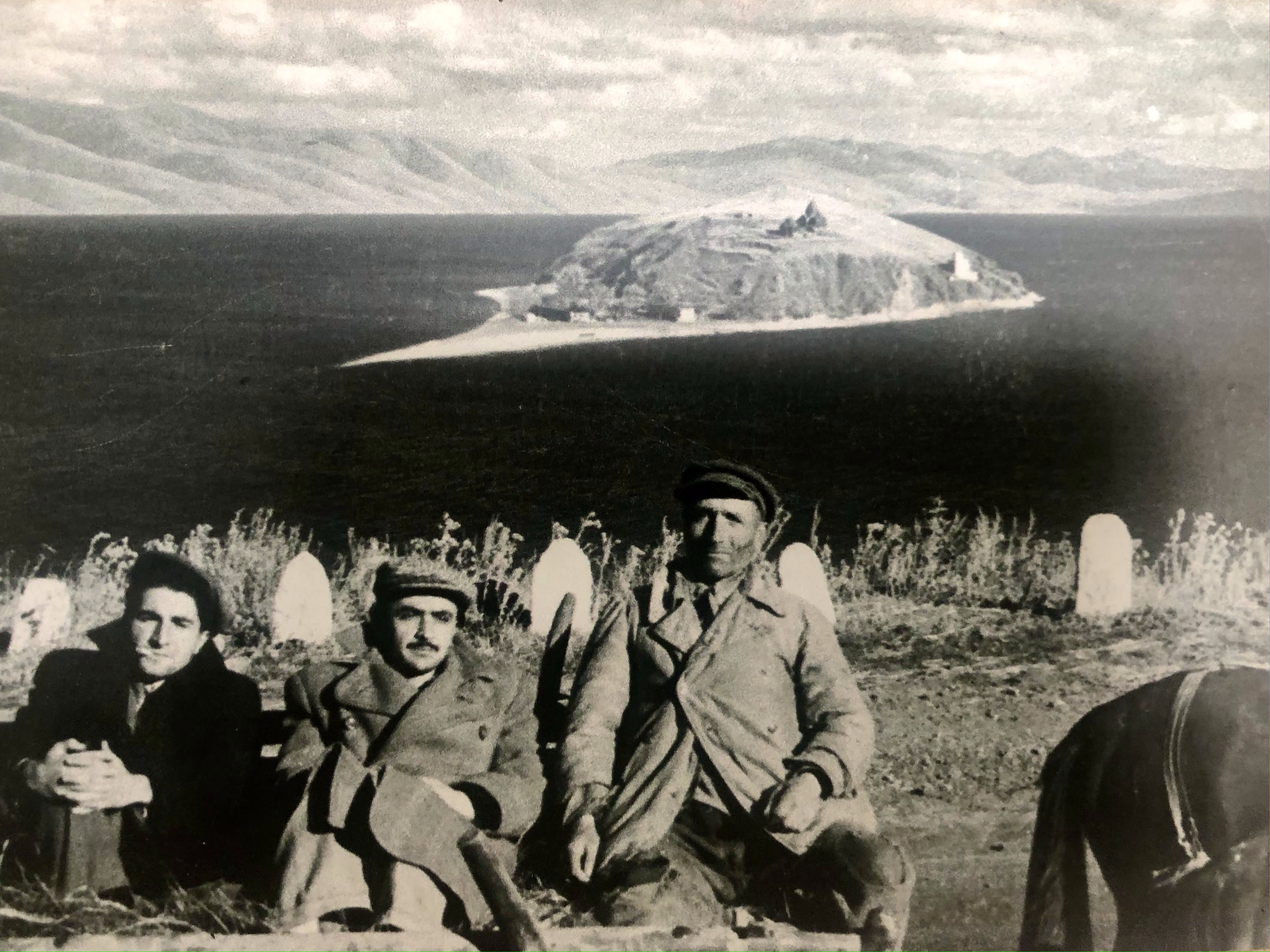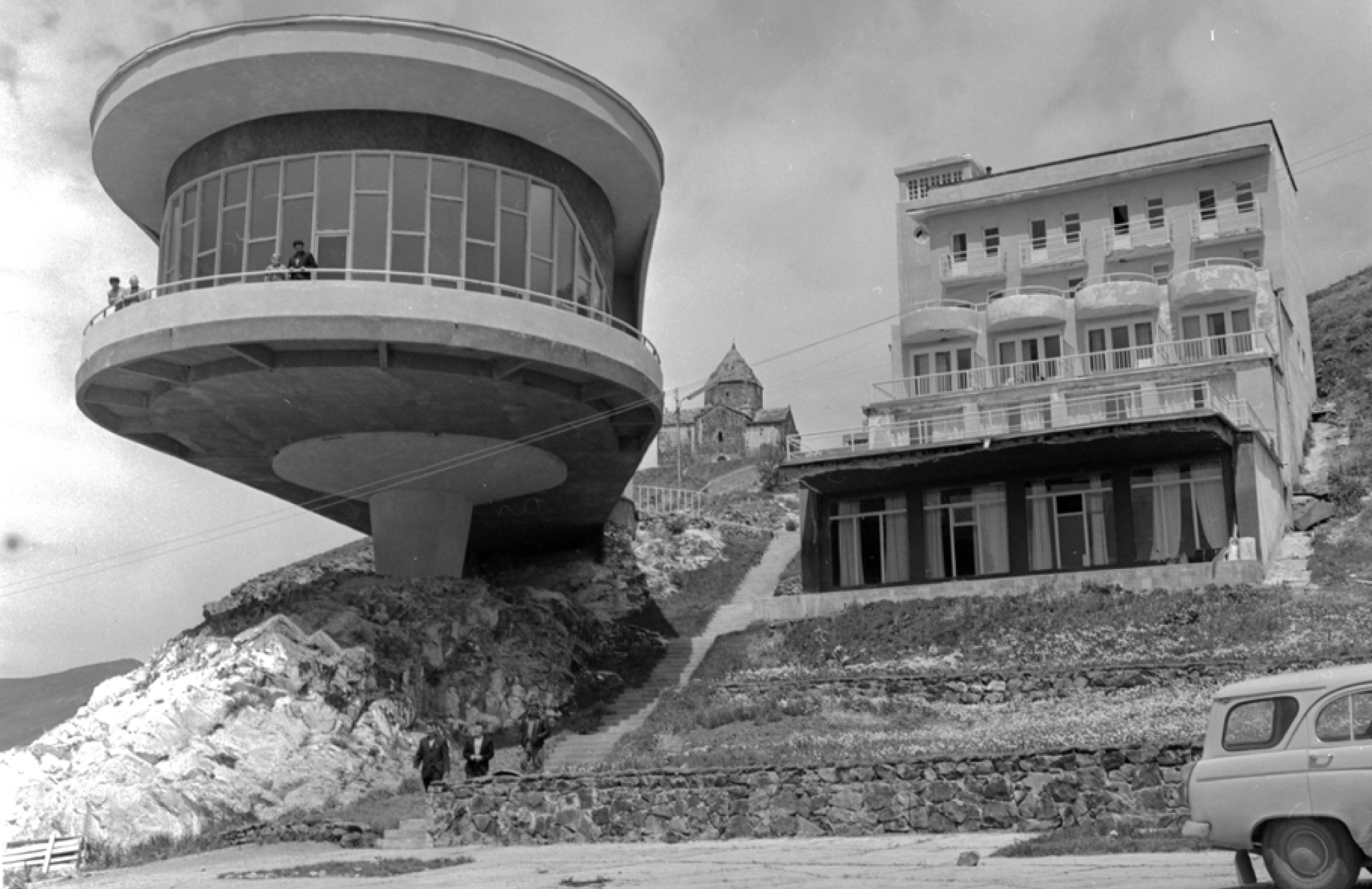Armenia’s Modernist Masterpiece: Lake Sevan Writers Retreat
Perched on a rocky shelf above Lake Sevan in Armenia, is a once-grand writers’ retreat now functions as a fading hotel. It has seen much better days.

Perched on a rocky shelf above Lake Sevan, a once-grand writers’ retreat now functions as a fading hotel. It has seen much better days.
In the 1930s, the Writers’ Union of the Armenian Soviet Socialist Republic commissioned a retreat on Sevan Island. Armenian architects Mikael Mazmanyan and Gevorg Kochar designed a four-tiered concrete structure overlooking the lake—an emblem of Soviet avant-garde architecture.
At the same time, Soviet engineers, following hydrologist Sukias Manasserian’s advice, diverted Lake Sevan’s water to irrigate the Ararat Plain and generate hydroelectric power. Over two decades, the lake’s water level dropped by 20 meters, turning Sevan Island into a peninsula.

Around the time that the retreat first opened to writers, Sevan Island was in the middle of a dramatic transformation. At the recommendation of Armenian engineer, Sukias Manasserian, the Soviet state diverted the water from Lake Sevan to irrigate the Ararat plain and generate hydroelectric power. Over the next two decades, the lake’s water level fell by around 20 metres, and Sevan Island became a peninsula.
In 1937, shortly after the retreat opened, Stalin’s purges reached the architects. Kochar and Mazmanyan were arrested and exiled to the Arctic Circle. Stalin saw avant-garde art as a threat , and artists who practiced it were labeled counter-revolutionaries. Their involvement in avant-garde movements sealed their fate. They spent 15 years in Norilsk before being “rehabilitated” after Stalin’s death.

In the early 1960s, after his return to Armenia, Kochar was commissioned to design a lounge and café wing for the retreat he had built 30 years earlier. A striking piece of Soviet modernism, the new wing features a curved glass front that cantilevers over the lake, supported by a single thick concrete pillar. It stands in harmony with the original block-like hotel, blending two distinct architectural styles.





